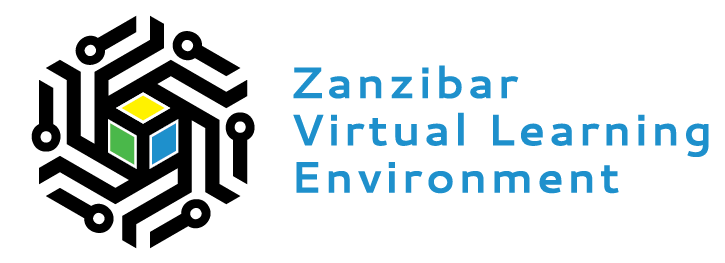In this lesson you will learn that:
- Circuit diagrams are used to show how electrical components are connected in a circuit.
- Individual circuit components are represented using circuit symbols.
- Current is the flow of electrons around a circuit.
- Ammeters are used to measure the current flowing through components.
- Components in a circuit resist current flow.
- Voltmeters are used to measure the potential difference across components.


